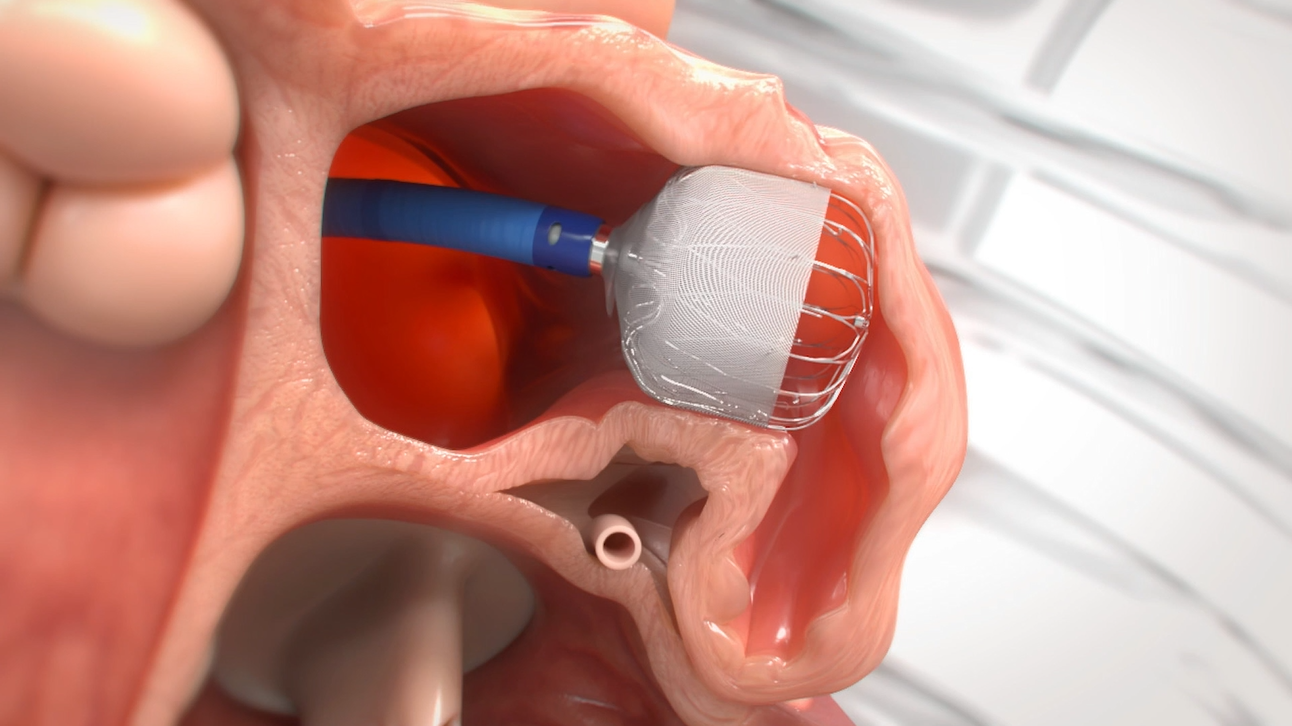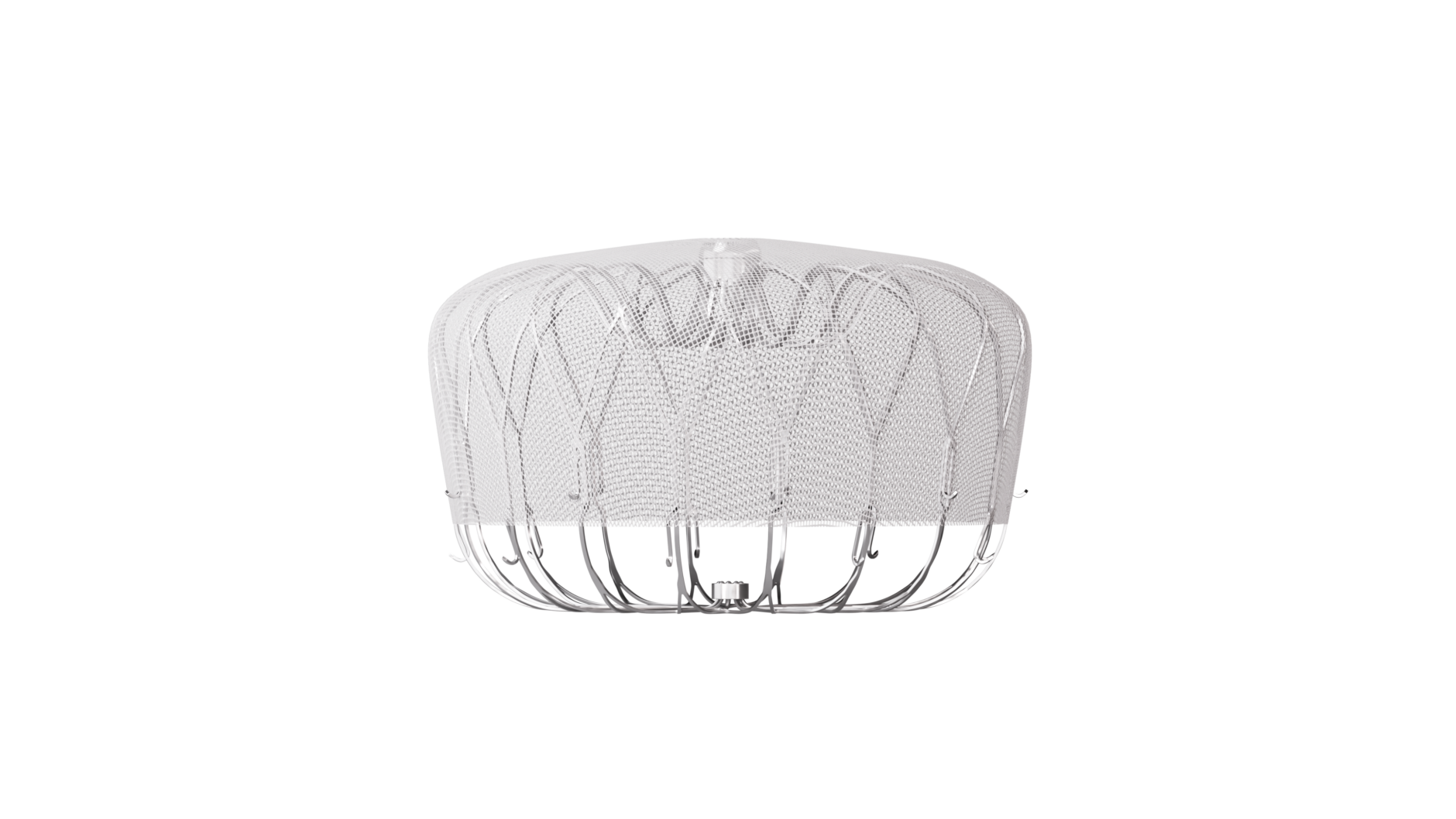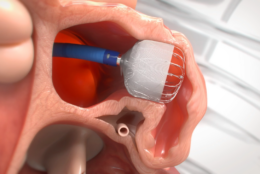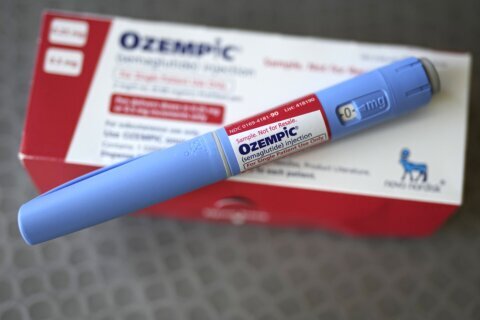





There’s a little pouch with no known purpose that protrudes off the top chamber of people’s hearts that can increase risk of stroke among those with irregular heartbeats. But local doctors are addressing the situation with a permanent implant that plugs the pouch’s hole.
“Everyone has the pouch. But those patients who have atrial fibrillation, we know that those patients have a fivefold higher risk of having a stroke,” said Dr. Manish Shah, director of the Cardiac Electrophysiology Fellowship Training Program at MedStar Washington Hospital Center.
People with atrial fibrillation can have strokes when blood clots form inside of the pouch.
But the pouch opening can be blocked with what’s called a Watchman device that’s inserted with a small catheter; it functions much like an umbrella and pops open to seal the hole.
“Afterward, the patients have to just lay flat for a few hours and then actually get to go home the same day,” Shah said. “There’s no cutting involved. There’s no major surgery involved. This is really a very minimally invasive, nonintrusive procedure for our patients, and they’re enormously thankful after they’ve had it done.”
The technology is relatively new. In 2015, MedStar Washington Hospital Center was the first hospital in the D.C. region to implant a Watchman device successfully.
The procedure also is being performed at MedStar Union Memorial in Baltimore, making MedStar Health the first health care system in the Greater Washington-Baltimore region to implant 700 of the Watchman devices.
Patients eligible for the procedure are typically not doing well with blood thinners used to prevent stroke.
“There are some new interesting studies where we’re taking patients who are doing just fine with a blood thinner who have atrial fibrillation, and we’re then offering those patients a replacement for their blood thinner with the Watchman device,” Shah said. “And that’s a new interesting area that I think we’re going to learn a lot about over the next five years.”
Atrial fibrillation affects as many as 6 million Americans, a number Shah said is expected to double over the next decade, as the baby boomer portion of the population gets older.
“As we get a little bit older, unfortunately, we’re all going to have a higher chance of having atrial fibrillation over time,” Shah said.
Warning signs of an irregular heartbeat include palpitations, a racing heartbeat, feeling a flip- flopping sensation in the chest, having periods of the time feeling fatigued or just not feeling well.
Shah said to help an atrial fibrillation diagnosis, devices, such as smartwatches, can be attached to smart phones to record an EKG when someone’s feeling symptoms.
“Heart rhythm atrial fibrillation can come and go; you’re not always in that heart rhythm. And so sometimes it can be a little tricky for us to catch. But once we’ve got it, we know what to do,” Shah said.








